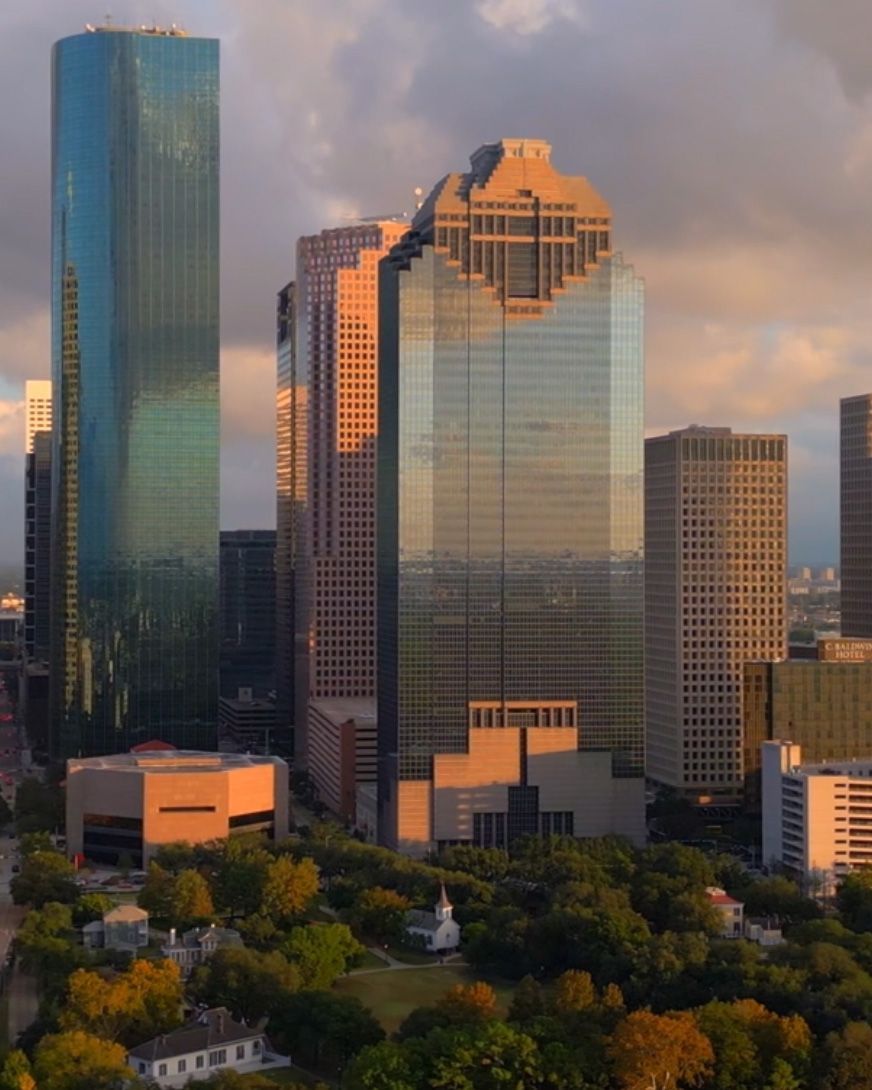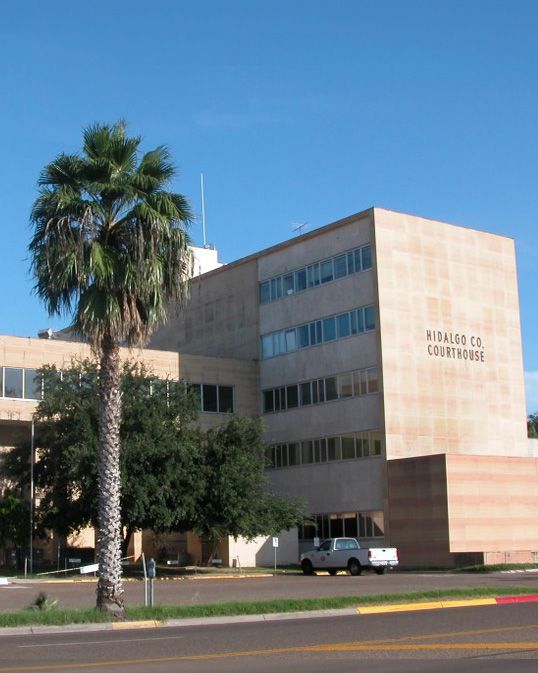I Was Injured By Solar Eclipse Glasses
LAW BLOG •
The total solar eclipse on August 21, 2017 was the first of its kind Americans saw since 1979 – and the last of kind we will see until 2024. Thousands of people stepped outside to look at the amazing phenomenon, when the moon completely eclipsed the sun. People who wanted to look directly at the eclipse purchased special glasses to do so without damaging the eyes’ sensitive retinas. Unfortunately, some solar eclipse glasses did not do their jobs. If faulty solar eclipse glasses caused your eye injuries, learn your rights under law.
About Counterfeit and Non-certified Solar Glasses
Looking directly at the sun, during an eclipse or at any time, can cause solar retinopathy. This is an eye condition in which the sun damages the sensitive cells at the back of the eye. Damage is not painful while it happens – causing many people to continue staring at the light until damage is permanent. Sun damage can cause temporary dark spots to appear in vision or permanent blind spots in vision.
During an event like a solar eclipse, people purchase special glasses to be able to look at the sun and watch the phenomenon without fear of retinal damage. NASA and the American Astronomical Society (AAS) were encouraging Americans to do so in preparation for the 2017 solar eclipse. Certified solar eclipse glasses work by filtering the sun through black polymer – a material about 100,000 darker than typical sunglasses. “Certified” means the glasses comply with the ISO 12312-2 international safety standard for these products.
Certified solar eclipse viewing glasses block out all ultraviolet rays and almost all visible light to allow people to stare at the sun without damaging their eyes. If the sunglasses comply with proper codes and properly protect the eyes, the wearer should not experience any problems. If, however, the product is counterfeit, permanent vision damage could ensue. This is exactly the situation many Americans have found themselves facing in the months following the most recent solar eclipse.
Do You Have a Product Liability Claim?
The AAS provided an article detailing how to tell if your eclipse glasses or handheld solar viewers were safe for use prior to the last eclipse. They wrote the article in the wake of reports of counterfeit eclipse glasses that were falsely labeled as ISO-compliant. The majority of complaints were coming from solar eclipse glasses that consumers purchased through Amazon.com. Counterfeit glasses pose a serious threat to the safety of eclipse-chasers, who assume it’s safe to stare up at the eclipse, when in reality the UV rays are silently damaging their retinas.
The enormous demand for eclipse viewing glasses sparked dozens of counterfeits on the market. If you noticed black spots in front of your vision, permanent spots, or other eye damage after viewing the eclipse through what you thought were ISO-certified solar glasses, get the truth as to whether or not your viewers were actually verified. Genuine viewers will have ISO 12312-2 certification, as well as the manufacturer’s name and address printed somewhere on the product. The glasses should not be more than three years old or have scratches on the filters.
After discovering you were looking through solar eclipse glasses that do not meet the ISO standards of production, talk to an attorney about a possible lawsuit against the manufacturer. False marketing and breach of warranty are product defects that could qualify victims for compensation. A lawsuit won’t restore your vision, but it could pay for your past and future medical expenses, lost quality of life, lost capacity to earn, and other damages.
The post I Was Injured By Solar Eclipse Glasses appeared first on GES Injury Attorneys.
Every state limits the amount of time you have to file a claim.
Don't Delay.
Contact the Attorneys at Gordon & Elias, LLP Today to preserve your right to a recovery.
Contact Us
We will get back to you as soon as possible.
Please try again later.
100% FREE CASE EVALUATION
Free Consultation • No Fee If No Recovery



